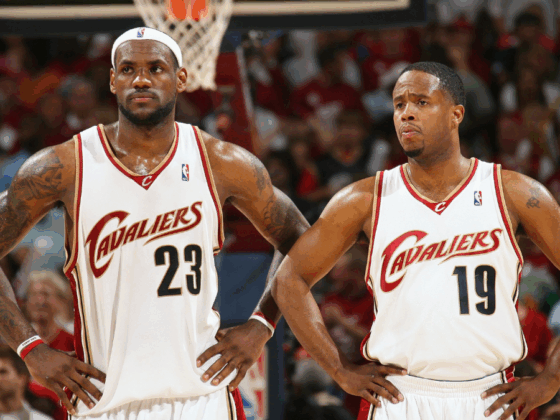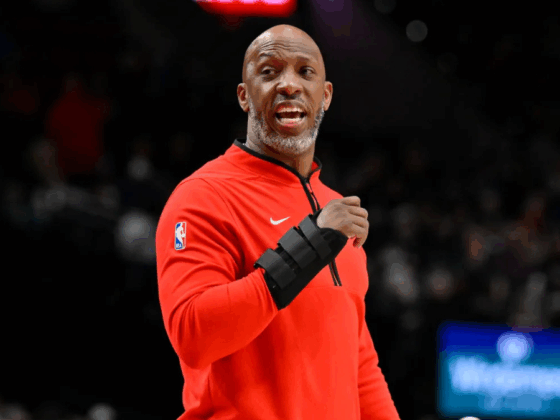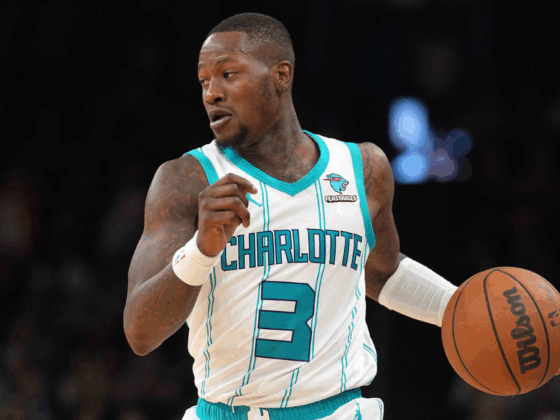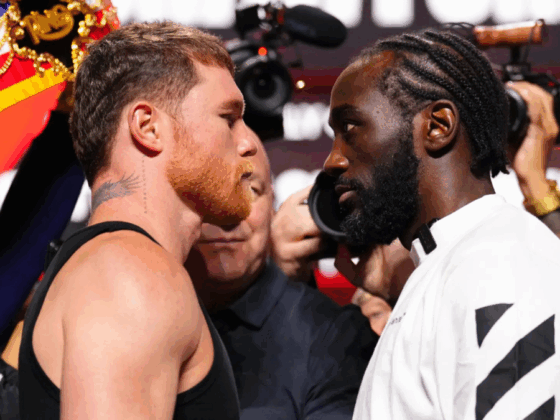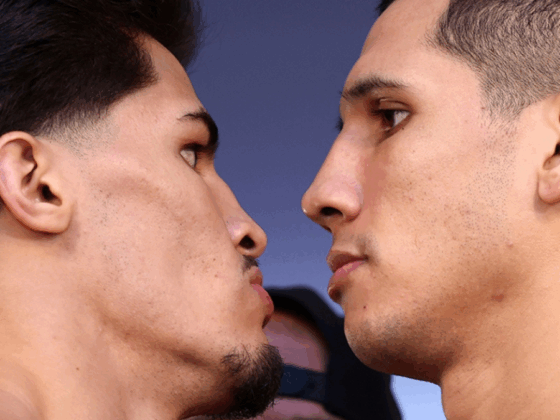
When the first half of the regular season schedule hit the public eye, the logistical problems were apparent. The Dallas Mavericks felt the wrath of the condensed schedule early in the season. However, the upcoming stretch at home appears as a time for Dallas to salvage its slow start.
Opening week wasn’t a gift for the Dallas Mavericks, despite the primetime treatment from the architect-like, detail-oriented NBA game schedule makers. The first three contests loosely represented the logistical gymnastics of the 72-game schedule.
On Dec. 23, the Mavericks faced a revitalized Phoenix Suns team away from the American Airlines Center. In a somewhat “watch what you wish for” situation, the Mavericks matched up with the 2020 NBA champion Los Angeles Lakers on Christmas day. Dallas unsurprisingly went 0-2 in that stretch.
In Dallas’ first 20 games, 13 came on the road. Now, the Mavericks have the chance to redeem their tortoise-like start with a seven-game homestand. The Atlanta Hawks are next in line.
The next four games are somewhat of an indicator of whether Dallas can turn this season around for the better.
If Dallas can’t come out on top facing teams with a combined record of 42-55, perhaps its time to think of the franchise’s future. The only legitimate playoff team in the mix is the Portland Trail Blazers. However, Damian Lillard’s franchise yet again is facing multiple injury issues.
If the 2021 Mavericks have taught us anything, no game is safe with this roster. Dallas lost the regular-season series versus the lowly Chicago Bulls. The four teams, despite the collective win-loss records, deserve the Mavericks’ utmost respect.
Atlanta Hawks
The last time Dallas played the Atlanta Hawks, the Mavericks’ defense successfully contained Doncic’s friendly rival Trae Young. With only a trio of 3-point field goals from the aforementioned elusive guard, Dallas made it an issue for the athletic John Collins to pick his game up.
Despite the 35 points on a remarkable .833 true-shooting percentage from Collins, Young was the only starter who registered a net-positive in the boxscore plus-minus category. Perhaps it’s unrealistic for Collins to put forth such an outstanding shooting performance, but the fact remains Dallas’ defense doesn’t deserve the benefit of the doubt.
The Hawks come at a pivotal point in the Mavericks season. Collins is a potential quicksand trap for Dallas, and Young won’t stay down long from the perimeter. The Mavericks must pick their poison.
Defense is key
At this point, Collins is no longer a sneaky-good 3-point shooter. For the past two seasons, the 6-foot-9 Atlanta frontcourt budding star has converted 40% of his shots from deep. It’s no secret: Perimeter defenders must close out on him.
Porzingis and Maxi Kleber had issues with the alley-oop and 3-point fest from Collins. Going by the defensive rotations, it seemed as if Collins was an afterthought in the gameplan. Kleber, typically a diverse defender, failed to follow Collins on multiple alley-oop attempts. Perhaps this was by design due to Young’s position as the conductor of the pick and roll.
Not only did Kleber leave him in solitude at the rim, but he managed to also allow space on the perimeter, again, probably by design. However, for various reasons this time around, Clint Capela existed as a black cloud for a Dallas team that falls in the bottom-four of the league in grabbing boards.
Focusing on Young is the rational decision, as downplaying a hot shooter with playmaking abilities makes for a long night. However, Collins warrants defensive attention, even if it means one-on-one coverage of Young for stretches of the game.
Inevitably, Capela’s impact on the boards will remain a thorn in Dallas’ side. Rebounding by committee seems like the only move to combat such a dominant presence on the boards. Unfortunately, that comes with sacrifice from the perimeter.
The gameplan worked as Dallas won the last matchup, but teams bounce back; see the Mavericks’ rematch versus the Warriors for a perfect example.
Game Update
The Dallas Mavericks pulled off a clutch 118-117 victory. Much like the last contests versus the Atlanta Hawks, the Mavericks pressured Young, and by consequence, Collins produced another 30-plus-point performance.
New Orleans Pelicans
On paper, the Dallas Mavericks vs. New Orleans Pelicans matchup is entertaining television. However, without beating the proverbial dead horse, Dallas’ defense has a lot of work to do for a W.
Hype machine Zion Williamson and All-Star Brandon Ingram appear as a 1A and 1B duo. While the Mavericks have underperformed win-loss-wise, the Pelicans also have 11 wins. It’s not a mirror match in terms of offensive play. Yet, don’t expect the two teams to hold defense in high regard.
The Pelicans’ offense looks primed for a top-10 finish in the league. Between the living-near-the-rim approach to basketball from Williamson and the wiry, built-to-score Ingram, the Pelicans have an offense built to challenge the Mavericks.
In-and-Out Offense
Per Basketball-Reference, Williamson’s average area of field-goal attempts come within 3.4 feet from the basket. Despite Dallas’ shaky reputation on defense, opponents don’t excel in paint scoring.
Going by NBA.com, the Mavericks are eighth in the league in opponents’ paint scoring. Amidst the 3-point shooting era, such a stat might draw some slant eyes. Nonetheless, Dallas has Kleber and Porzingis, who both terrorized Williamson for multiple possessions last season.
Last season, Ingram, the other half of the Pelicans’ cajun yin-and-yang duo, provided consistent outside shooting at 40%. Ingram’s long and slender build translates to good shooting numbers.
The Mavericks’ defense played Ingram straight up in a contest last March, and the 6-foot-8 wing proceeded to shoot over every player assigned to him. Tim Hardaway Jr. committed to the drive in this possession, despite Ingram only attempting one layup in the game.
However, in fairness to Hardaway Jr., the way in which Ingram drove appeared he was finally going to the rim. Instead, the 2020 NBA All-Star pulled up for an off-balance fadeaway.
With everything said about Ingram’s scoring, the forward finished the four-game regular-season series versus the Mavericks minus-13. Yet, despite such a promising stat, that was last year.
This contest is the first time Dallas and New Orleans will face each other this season, as the first scheduled game was postponed in January. Both teams have playoff aspirations, and for the time being, are out of the playoff picture.
Portland Trail Blazers
Like the Mavericks, the Portland Trail Blazers aren’t strangers to core players out of the lineup for significant stretches. CJ McCollum and Jusuf Nurkic, up to this point, have missed a total of 21 games.
Yet, withstanding the Blazers’ annual injuries, the lights-out shooting of Damian Lillard has the Blazers fifth in the Western Conference. The Bay area-born point guard commands MVP-like praise for his put-the-team-on-my-back performances this season. In comparison to rival guard, Stephen Curry, the numbers aren’t too distant.
As two guards who stretch defenses out to the logo nightly, they combine for 226 3-point field goals made. For now, Curry leads the two with 131 baskets from deep. Keep in mind Curry has three more games played than Lillard.
Also similar to Curry, Lillard wreaks havoc on the Mavericks. Last season, the Weber State alum rocked Dallas with 42.5 points per contest on an eye-popping 42.9 3-point percentage. There is no need for breaking down tape on Lillard. Just know he’ll pull up from anywhere without hesitation.
Beauty From the Bubble
However, the pleasant surprise of the bubble, Gary Trent Jr., warrants surfing through game footage. With McCollum sidelined due to a foot injury, the importance of Trent’s superb shooting allows Lillard some relief.
Thankfully, for Lillard’s sake, Trent Jr. creates shots off the dribble in addition to scoring off the dimes from his superstar point guard. Earlier this month, the Duke product provided a much-needed outside shooting performance in a rare instance.
Much to Blazers fans’ delight, the Philadelphia 76ers fell to a Lillard-less team 121-105, thanks to 24 points from Trent Jr, who shot 4 for 9 from 3-point range, the array of shots coming in various scenarios.
In this clip, Trent Jr. impressively created space versus Danny Green, at this point in his career still an adequate defender.
Throwing the whole kitchen, even the sink, at Lillard seems like the right play. However, the potential of Trent Jr. playing the perfect “versus Mavs All-Star” (courtesy of Sports Illustrated’s Dalton Trigg) also feels like a realistic outcome.
It’s dangerous to allow the emerging guard open shots, even if it means Lillard goes off for 30-plus. The Mavericks can’t stomach another Kelly Oubre situation, although that reference already feels like a slap in the face to the young guard.
Detroit Pistons
After what was deemed a foolishly spent free agency, the Detroit Pistons’ front office doesn’t look as insane as it initially did when it acquired Jerami Grant in a sign-and-trade deal worth $60 million for three years.
The ideal wing-defending, 3-point making, and most notably, overall good, basketball player decided to go with the Pistons despite the Denver Nuggets reportedly offering the same amount.
Grant as a No. 1 option felt impossible, even for NBA 2K standards. However, Grant’s bet on himself hit the jackpot as the Pistons have a tremendous player on a relatively team-friendly contract.
Two stats serve as proof Grant is the real deal. With a career-high 26.2 usage percentage and a .591 true shooting percentage on 17.9 field goal attempts (8.9 last season) and 6.5 free throw attempts (2.8 last season), the 6-foot-8 Swiss army knife deserves praise.
Grant’s athletic game ping-pongs from offense to defense in a seamless manner. Dallas must contain the Most Improved Player candidate from getting out on the break. In this sequence, Grant turns a block into a layup with 19 seconds on the shot clock.
Despite Detroit’s lowly position in the Eastern Conference, a close contest versus the Mavericks shouldn’t come as a surprise. For Dallas to make its way into the playoff picture (without the play-in tournament), the team must come out above .500 during this relatively advantageous stretch.
All Stats appear courtesy of basketball-reference.com and NBA.com/stats.
